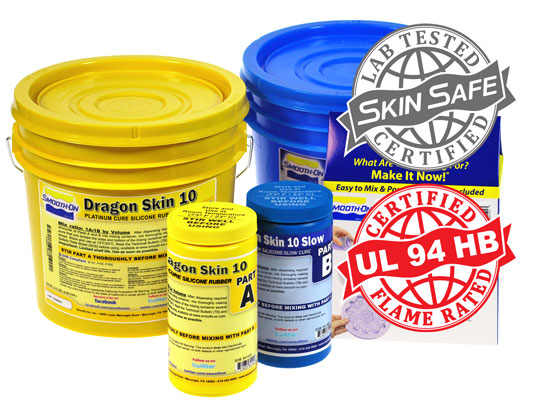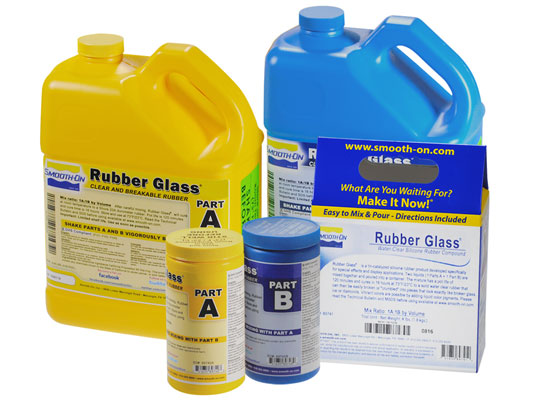C mpare
T
mpare
T
 l
l
Key Differences
| Product Type |
|
|
| Mixed Viscosity | 23,000 cps | 150 cps |
| Pot Life | 45 minutes | 120 minutes |
| Cure Time | 7 hours | 16 hours |
| Shore A Hardness | 10 | 33 |
| Color | Translucent | Clear |
Disclaimer
Although we do our best to ensure accuracy, Smooth-On offers no warranties, promises, and/or representations of any kind, either expressed or implied, as to the accuracy, completeness, or reliability of the information contained on this Compare Tool, nor suitability of the information contained herein to your particular circumstances. Smooth-On assumes no liability for losses or damages of whatever nature (direct, indirect, consequential or other) associated with your use, or inability to use, the Compare Tool, or from your use (or failure to use) the information contained herein. Other useful tools include product technical bulletins and our extensive FAQ section. You can also contact our technical support team.All Technical Data
| Dragon Skin™ 10 SLOW | Rubber Glass™ | |
|---|---|---|
| Product Type |
|
|
| Mixed Viscosity | 23,000 cps | 150 cps |
| Mix Ratio By Volume | 1A:1B | 1A:1B |
| Mix Ratio By Weight | 1A:1B | 1A:1B |
| Pot Life | 45 minutes | 120 minutes |
| Cure Time | 7 hours | 16 hours |
| Shore A Hardness | 10 | 33 |
| Specific Gravity | 1.07 g/cc | 0.97 g/cc |
| Specific Volume | 25.8 cu. in./lb. | 28.6 cu. in./lb. |
| Color | Translucent | Clear |
| Die B Tear Strength | 102 pli | — |
| Tensile Strength | 475 psi | — |
| Elongation @ Break | 1,000 % | — |
| 100% Modulus | 22 psi | — |
| Shrinkage | <.001 in. / in. | <.001 in. / in. |
| Useful Temperature (min) | -65 °F | — |
| Useful Temperature (max) | 450 °F | — |
| Dielectric Constant, 100Hz | — | 3.17 |
| Dielectric Strength | >350 volts/mil | 319 volts/mil |
Product Description
Dragon Skin™ 10 SLOW
Dragon Skin™ silicones are high performance platinum cure liquid silicone compounds that are used for a variety of applications ranging from creating skin effects and other movie special effects to making production molds for casting a variety of materials. Because of the superior physical properties and flexibility of Dragon Skin™ rubbers, they are also used for medical prosthetics and cushioning applications. Dragon Skin™ rubbers are also used for a variety of industrial applications and have a service temperature range of a constant -65°F to +450°F (-53°C to +232°C)
Rubber Glass™
Rubber Glass™ is a platinum-catalyzed silicone rubber product developed specifically for special effects and display applications. Two liquids (1 Part A + 1 Part B) are mixed together and poured into a container.
The mixture cures overnight to a solid water clear rubber that can then be easily broken or “crumbled” into pieces that look exactly like broken glass, ice or diamonds. Vibrant colors are possible by adding Silc-Pig™ liquid color pigments.
Rubber Glass™ can be used to create a variety of special effects (i.e. simulated broken glass where human contact is required) and model effects (i.e. simulated ice or water). It can also be used for electronic encapsulation applications.

